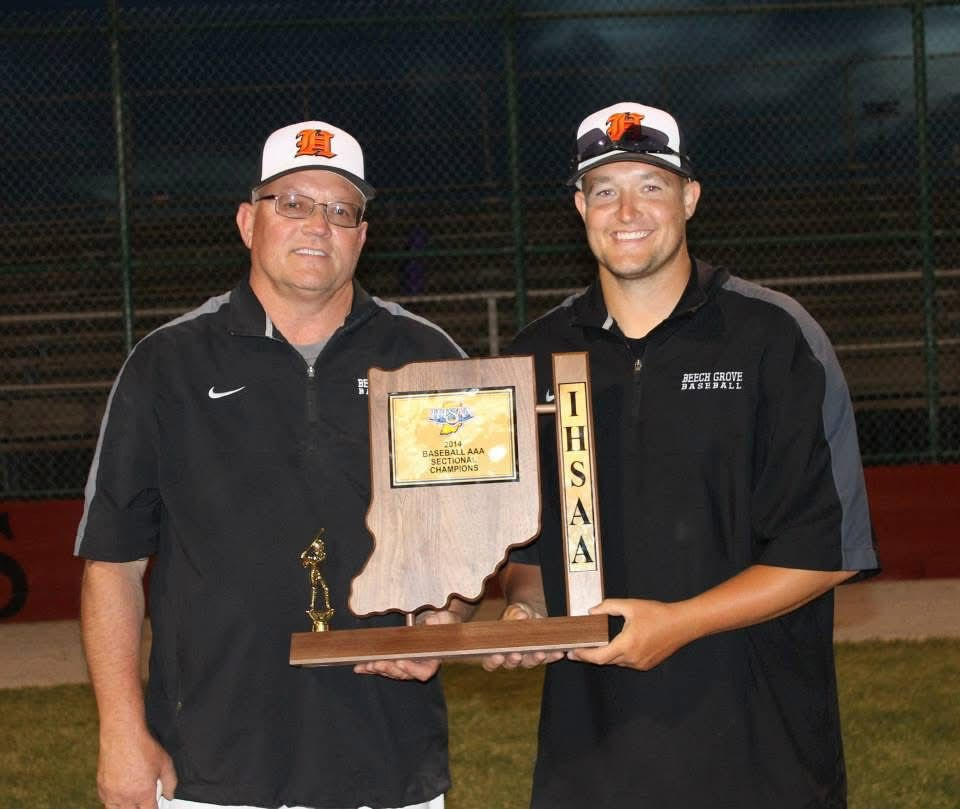Hitter's POV: Art of the Swing
- Zac Capps
- 2 days ago
- 2 min read
The softball swing isn’t just a motion—it’s a coordinated sequence of biomechanics, timing, and intent. When athletes understand why each phase matters, their development skyrockets. Here’s a high-level analytical look at what truly defines an elite swing:
1️⃣ Stance & Setup: “The Blueprint”A great swing starts long before the ball is pitched. Posture, balance, and tension levels set the stage. Elite hitters maintain an athletic base with controlled coil—enough to create stretch, not enough to limit adjustability. The setup should place the hitter in a position to move fast without having to get ready fast.
2️⃣ Load & Coil: “Energy Storage”This phase is often misunderstood. Good hitters don’t load back—they load around. Proper coil creates a stretch between the torso and lower half, storing power like a spring. This stretch is the foundation of both bat speed and adjustability. Without it, hitters rely on muscling the ball rather than sequencing.
3️⃣ Stride: “Timing the Pitcher, Not Just the Pitch”The stride is about rhythm, not distance. Athletes should land soft, centered, and controlled. Striding early gives the brain time to process speed and location. Striding late forces rushed decisions. The best hitters land balanced, with the head quiet and the weight centered—ready to go forward, not fall forward.
4️⃣ Heel Plant & Sequencing: “The Chain Reaction”When the front heel plants, the kinetic chain fires. The lower half begins the rotation, followed by the core, then the hands. In elite hitters, this sequence is clean and efficient. Poor hitters skip links in the chain—often pulling with the shoulders first, which kills bat speed and adjustability.
5️⃣ Launch Position: “The Moment of Truth”Great hitters all hit the same universal position:
Back elbow slotted
Hands tight to the shoulder
Front leg firm
Head down the line of the pitchThis position allows hitters to delay the swing while still maintaining power. It’s the hallmark of a hitter who can cover multiple zones and speeds.
6️⃣ Contact: “Power Meeting Precision”Contact isn't a point—it's a zone. Hitters should work palm-up/palm-down through the ball with a connection between the hands and torso. Rotational power is delivered through a stable front side and a connected upper body. This is where hitters separate bat speed from barrel control.
7️⃣ Extension & Finish: “Carrying Energy Through the Zone”Extension shouldn’t be forced—it should be the natural result of proper sequencing and direction. A high-level swing produces extension through the pitch path, not around it. The finish tells the story of what happened earlier: balanced hitters finish balanced.
🔬 The Big Picture: Movement Over MechanicsThe modern swing is less about “perfect positions” and more about efficient, repeatable movement. Great hitters aren’t thinking about their elbows or feet—they’re training their body to move as a system. The swing is a blend of rhythm, timing, torque, and adjustability.
When hitters understand the why behind the swing, they don’t just improve—they evolve.








Comments